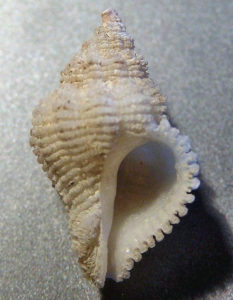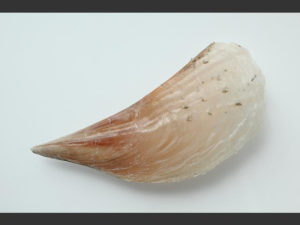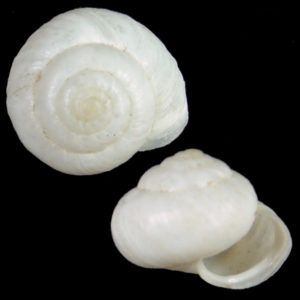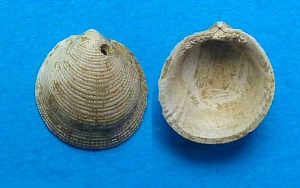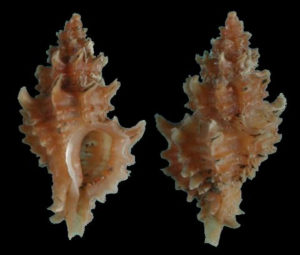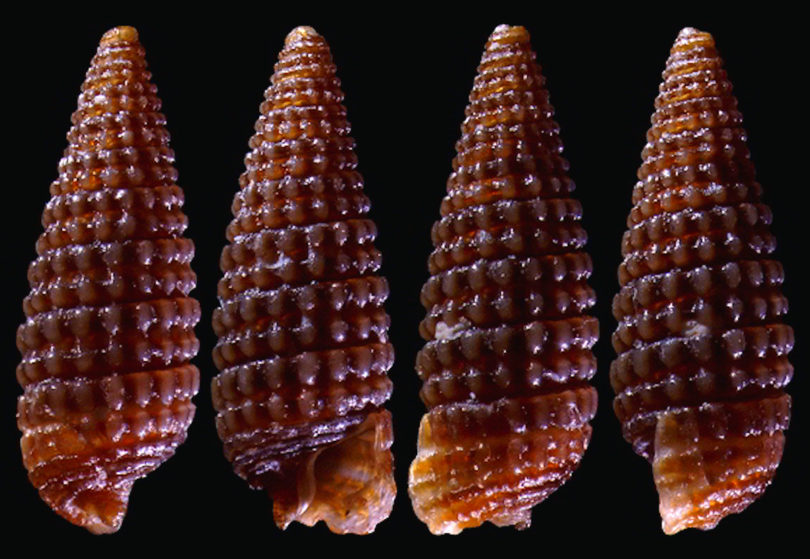
Many moons ago, or, to be more precise, just over seven years ago, during July and August of 2012, I started a little “game” based on the old encyclopedia game, but updated using Wikipedia. There’s a whole explanation, and video, on the original post over on my SaltShaker blog. I had good intentions, as it was just sort of a nice break from only writing about food and wine, but in the end, it only lasted for six posts, and then just passed into oblivion.
That has happened on and off again with writing ideas, like my thought two years ago to start a series of commentaries here on political stuff… which lasted exactly one post (the fallout from various friends after sharing it was just more wearying than it was worth). But I’m feeling in the need of a diversion again – this may only last a post or two, we shall see. I decided rather than picking up from the last post in the original game, to give Wikipedia another shot with a “random article” pick, and see where it led my thoughts.
So, the page it led me to this time was that of Dizoniopsis coppolae, a type of marine sea snail found in the Mediterranean (pictured above… very pretty, no?). Now, I could go on for a bit with various bits and pieces about sea snails, I have no doubt. And maybe even a recipe or two, which would probably be best suited back on the other blog, but I thought instead, I would head down the rabbit hole (the sea snail hole?) of the who, related to this snail. As the Wikipedia page notes, this snail was first described by “Aradas, 1870”. A bit of research leads me to one Andrea Aradas, of Catania, Sicily.
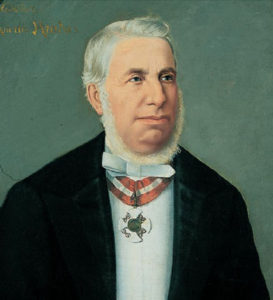 Sr. Aradas was a Sicilian zoologist, who had started out as a medical doctor, something his father, Fernando, pushed him into. I have no doubt that their were family squabbles aplenty when young Andrea headed down the path of researching and teaching about mollusks rather than staying the course of medicine. In the end, however, he was rather important in his field… Malacology… which we’ll come back to in a moment, having discovered and/or described numerous species over the years, amassing a huge collection of both live and dead specimens, along with a lot of research into prehistoric echinoderms, and in the end, creating Sicily’s first science museum, the Zoology Museum at the University of Catania, which still exists to this day, and donating his personal collection to the museum.
Sr. Aradas was a Sicilian zoologist, who had started out as a medical doctor, something his father, Fernando, pushed him into. I have no doubt that their were family squabbles aplenty when young Andrea headed down the path of researching and teaching about mollusks rather than staying the course of medicine. In the end, however, he was rather important in his field… Malacology… which we’ll come back to in a moment, having discovered and/or described numerous species over the years, amassing a huge collection of both live and dead specimens, along with a lot of research into prehistoric echinoderms, and in the end, creating Sicily’s first science museum, the Zoology Museum at the University of Catania, which still exists to this day, and donating his personal collection to the museum.
Now, most of you know I love words, and so, seeing a word I didn’t know, I immediately headed there. Malacology is a branch of invertebrate (no spine) zoology specializing in the study of mollusks. I had no idea that mollusks have the second most number of species that have been discovered of any phylum of animals, after arthropods (insects, which doesn’t surprise me as coming first). Mollusks include snails and slugs, clams (and presumably other bivalves), octopuses and squids. Those who study malacology are, not shockingly, called malacologists. I also learned that there’s a second term, not to be confused, which is Conchology (and, by connection, conchologists), which is the study of the shells of these same mollusks, but not the creatures themselves.
And that, was kind of where my random wanderings took me. I’m sure I could go on and keep going within this arena, but I will pick that up on the next installment, assuming there is one. Instead, I wanted to circle back to Andrea Aradas, who in addition to the dozens upon dozens of mollusks he first described, also has the distinction of having gotten to name, or had named after him, six particular species of mollusk. And since we started off with a pretty picture of shells, I thought it only fitting to finish off with those half dozen, as best I could figure out from online photos (and yes, I “lifted” these photos from various places on the internet)….
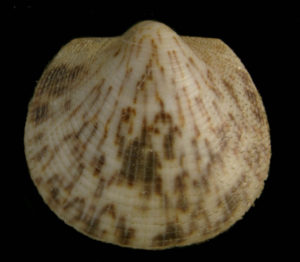
Pectunculus aradasii, 1842, which, I think, is this one, though hard to find, and appears to have been reclassified as Glycymeris violacescens
Whither goest this game next?
